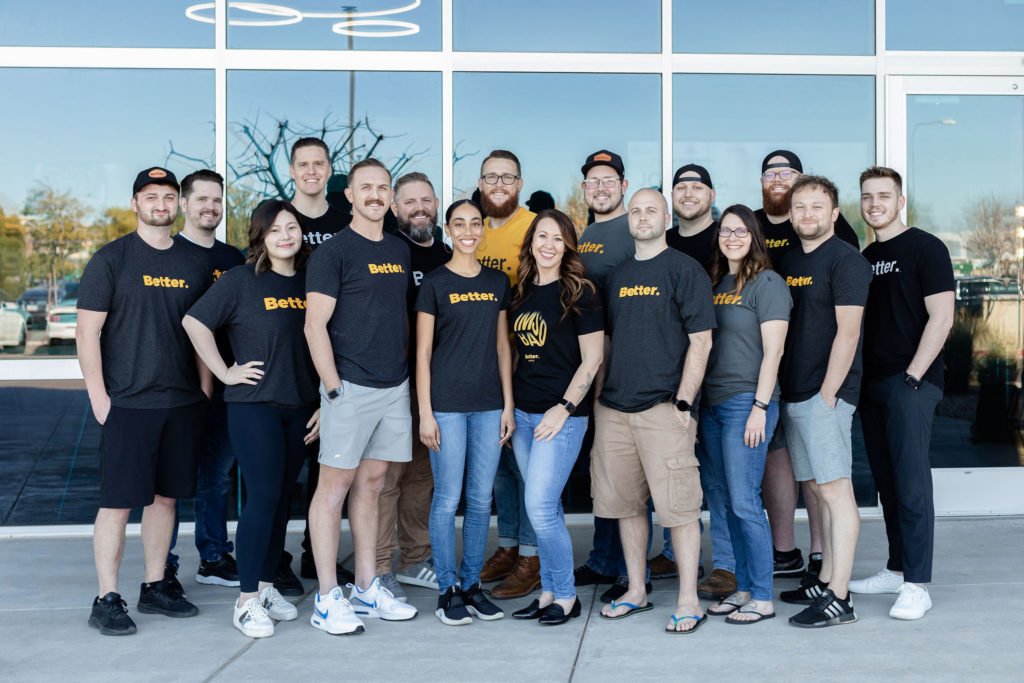Navigating the world of online advertising can feel like trying to find your way through a dense fog—especially for insurance agents looking to make a real connection with potential clients. Enter Google Click-to-Call ads: a beacon in the mist, offering a direct line from your ad to your agency’s phone. These ads aren’t just about visibility; they’re about facilitating immediate action from hot leads who are searching for exactly what you offer.
For insurance agents, the ability to be instantly reachable in a moment of need is invaluable. Click-to-Call ads cater to mobile users, who are often seeking quick solutions on the go. Imagine a potential client, smartphone in hand, searching for “best car insurance rates.” With a well-crafted Click-to-Call ad, your agency appears at the top of their search results, complete with a button that says “Call now for a free quote.” With just one tap, they’re on the line with you, bypassing the need for them to fill out forms or navigate through pages. It’s a streamlined path to conversion that benefits both the client and the agent.
In this article, we’ll walk through the key questions any insurance agency owner should ask to master the art of Click-to-Call ads. From selecting powerhouse keywords to crafting ad copy that converts, we’ll provide straightforward, practical advice to turn searches into leads and leads into loyal customers. Whether you’re a veteran agent or just getting your feet wet in digital marketing, these insights will help you unlock the full potential of Click-to-Call advertising.
How do I select the most effective keywords for my Click-to-Call ads to ensure they reach the right audience?
When venturing into Google Click-to-Call ads, choosing the right keywords is like selecting the perfect lure for fishing; it determines what you’ll catch. Start with tools like SEMrush to analyze search volumes and trends. Look for terms that not only describe your insurance services but also carry a high intent to buy or inquire. For example, “auto insurance quotes” might attract a more ready-to-act audience than just “auto insurance.”
Once you’ve got a list, think like your customer. Which terms would they type into Google when they urgently need insurance? Be specific and local in your approach. If you’re in Miami, “Miami storm insurance quotes” could catch those immediate, high-intent searches. Remember, the right keywords are the ones that match your potential clients’ immediate needs.
What are the best practices for creating an ad copy that encourages prospects to make a call directly from the ad?
Your ad copy is your first conversation with potential clients. It needs to be clear, compelling, and to the point. Start with a strong headline that addresses your clients’ main concerns. If saving money is crucial, “Cut Your Home Insurance Costs in Half” can grab attention. Follow with a description that builds trust and emphasizes the ease of getting a quote — “Call now and get a tailored quote in minutes.”
Include a clear call to action in your ad. “Call Now” or “Get Your Quote Today” are direct and leave no doubt about what the prospect should do next. Remember, the goal is to make the prospect feel they’re just a phone call away from solving their problem. Make that call feel like the easiest step they’ll take all day.
How can I optimize my landing pages to increase the conversion rate from my Click-to-Call ads?
Landing pages act as your digital storefront, and their job is to welcome and convert visitors into callers. First, ensure your landing page is mobile-friendly since most Click-to-Call users are on their phones. Use large, clickable phone numbers, and place them prominently. The message should mirror your ad copy to maintain consistency and reduce bounce rates.
Your landing page should load quickly and feature testimonials or trust signals to reassure visitors. It’s also wise to strip away any unnecessary navigation; you want prospects focused on calling, not clicking around. A simple, clean design with a single, clear call to action — call your agency — can significantly boost your conversion rates.
Should I schedule my ads to only appear during certain hours, and if so, what times are best?
Timing is everything with Click-to-Call ads. You want your ads to appear when your agency can respond to calls immediately. Consider your business hours — if you’re open from 9 AM to 5 PM, schedule your ads to match. If there’s a time of day when call volume typically spikes, allocate more of your budget to those peak hours.
Don’t forget about time zones if you cover multiple areas. And consider the customer’s mindset; for instance, working individuals might be more likely to call during lunch breaks or after work. Analyze call patterns over time and adjust your schedule to sync with your audience’s habits for the best results.
What call tracking solutions should I implement to accurately measure the performance of my Click-to-Call campaigns?
Call tracking is critical in measuring the success of your Click-to-Call campaigns. It allows you to attribute calls to specific ads and keywords, giving you a clear picture of what’s working. Use Google’s built-in call tracking to start, but also consider third-party solutions that offer deeper insights, such as keyword-level tracking or caller demographics.
The data you gather can inform future ad strategies and budget allocation. For example, if one ad consistently brings in high-quality calls, you can direct more funds there. On the flip side, if another isn’t performing, you can pause it and investigate why. The goal is to keep refining your approach based on solid data.
How do I ensure my Click-to-Call ads are effectively reaching mobile users?
Mobile users are your primary audience for Click-to-Call ads, so your ads need to be designed with their experience in mind. Ensure that your ads and landing pages are optimized for mobile devices — they should be responsive, with fast load times and clickable elements sized for thumbs, not mouse pointers.
Keep your ad copy concise; mobile screens don’t allow for wordiness. And since mobile users are often on the go, highlight the speed and convenience of getting a quote through a call. Use location targeting to reach customers on mobile devices within your service area, increasing the relevance and immediacy of your ad.
How can I use retargeting to capture leads who didn’t convert on their first interaction with my ad?
Not every prospect will call the first time they see your ad, and that’s where retargeting comes in. By placing a retargeting pixel on your landing page, you can track visitors who didn’t convert and display follow-up ads to them as they browse the web or use social media. These ads can remind them of your service and the ease of getting a quote by calling.
Create your retargeting ads to address possible objections or concerns. If they didn’t call because they were just researching, an ad that says “Ready to discuss your insurance needs?” can prompt action. Retargeting is a way to keep the conversation going, even after the prospect leaves your page.
Click-to-Call ads can be a game-changer for insurance agencies looking to connect with potential clients in real-time. However, diving into the world of Google ads without guidance can be daunting. That’s where Marketing Services by Better Agencycomes in. With expert ad creation, management, and optimization services, you’re not just setting up campaigns — you’re setting up successful customer connections. It’s time to transform interest into action and clicks into calls with Better Agency’s seasoned expertise.


